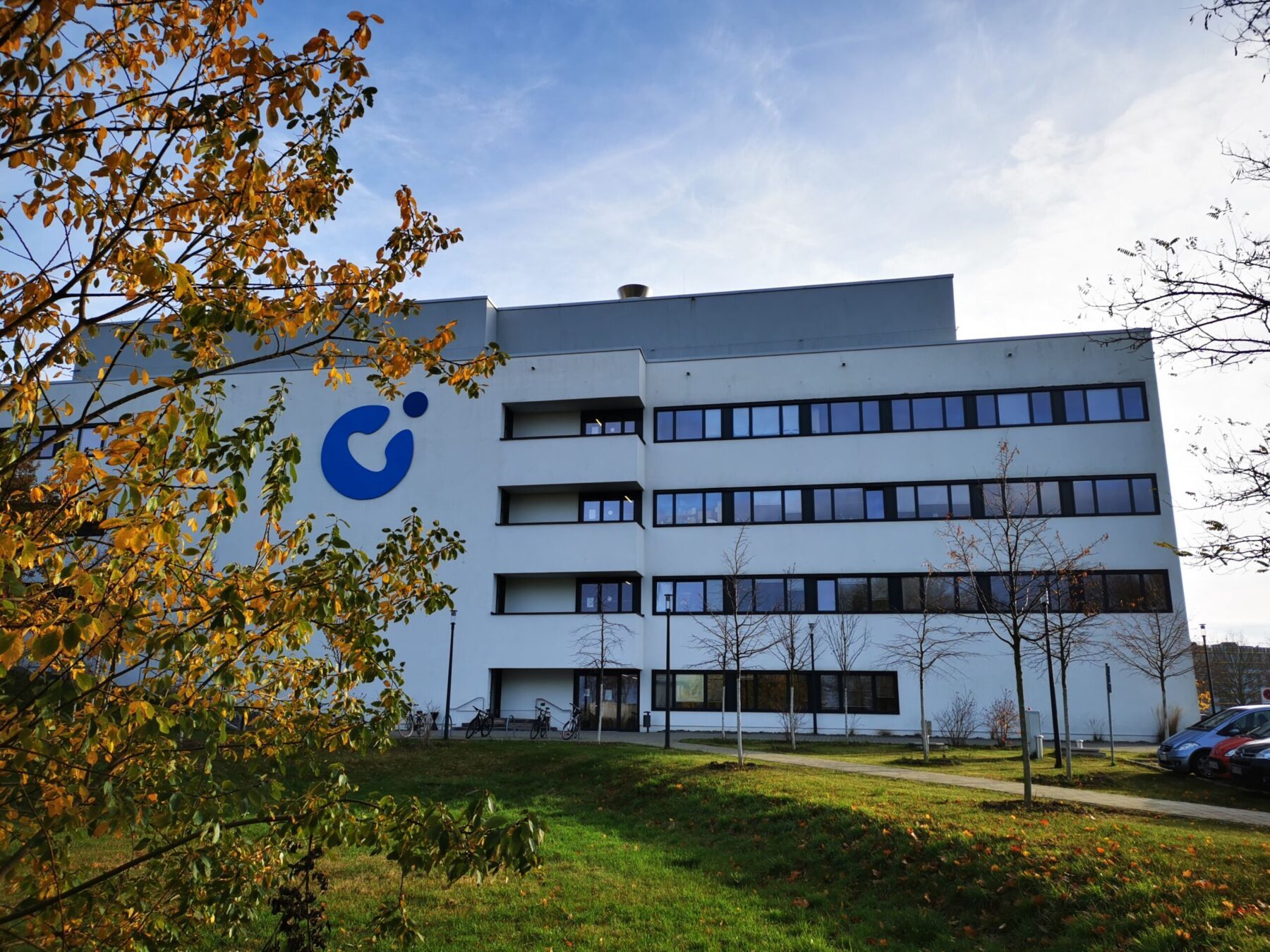
Hope for vaccine against common pig infection – sugar-based vaccines
MPIKG | For the first time, researchers at the Max Planck Institute of Colloids and Interfaces have synthesized sugar chains that correspond to the shells of the four main variations of the bacterium Streptococcus suis. This is an important first step in the development of glycoconjugate vaccines against a pathogen that is particularly prevalent in pigs.
Once in the pigsty, the pathogen spreads rapidly, which regularly poses major problems for farms. The bacterium can cause diseases such as meningitis, pneumonia or pericarditis, which often lead to death. It also promotes piglet mortality. Treatment is carried out exclusively by antibiotics, as there is no effective commercial vaccine for this pathogen so far. As a zoonotic pathogen, it can also be transmitted to humans.
While glycoconjugate vaccines have been used very successfully in humans against pneumococcus, meningococcal and Haemophilus influenzae type b, they remain a largely unexplored option for animals. This could now change: A research team led by Prof. Dr. Peter H. Seeberger has produced a collection of 30 novel polysaccharides that resemble the sugar surfaces of the four main serotypes 2, 3, 9, 14 of the bacterium Streptococcus suis. “Chemically, we can recreate relevant sugar structures of pathogens such as Streptococcus suis in a few hours and use them to produce vaccine candidates. These aim to stimulate the immune system, which is specialized in polysaccharides of pathogens, to produce antibodies,” says Peter H. Seeberger, Director of the Department of Biomolecular Systems. Complex sugars such as glycans envelop most cells and form the basis for vaccines against bacteria, parasites and viruses.
“We are currently preparing challenge studies in pigs to develop effective vaccines that primarily protect pigs, but also people working in the pig industry, while reducing the use of antibiotics,” says Shuo Zhang, first author of the study.
Functionality
A collection of 30 oligosaccharides was synthesized. The synthetic glycans were printed on array surfaces to create glycan microarrays. Subsequently, the sera of pigs infected with the bacterium were tested for antibodies against the glycans. In the process, the researchers discovered specific polysaccharides (glycan epitopes), which now form the basis for further vaccine development.